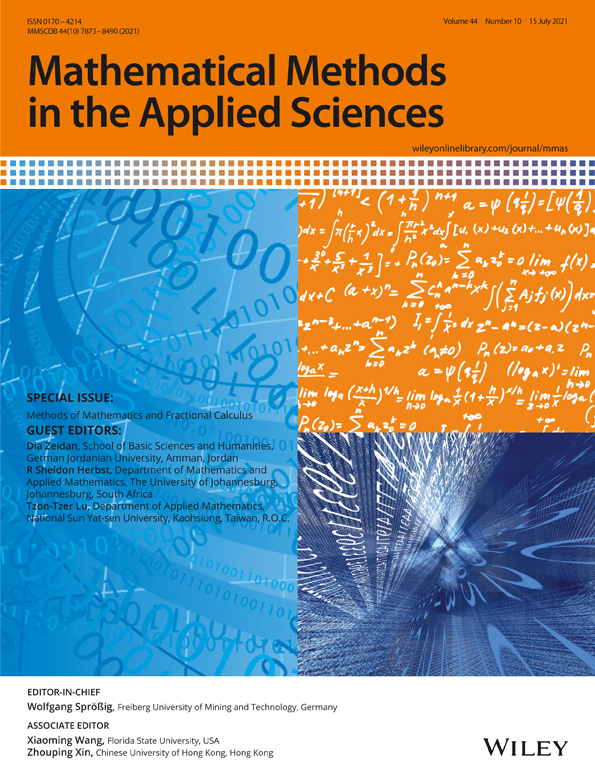On the characteristic Adomian decomposition method for the Riemann problem
Abstract
The Adomian decomposition method (ADM) is a very powerful technique to solve both linear and nonlinear partial differential equations (PDEs). It is a purely algebraic manipulation approach to compute solutions without a priori information of the geometry and physical meaning related to such equations. In this paper, we provide a synthesis toward understanding ADM to resolve the Riemann problem, which is a specific piecewise initial value problem. Issues related to the drawback of ADM application to the Riemann problem are examined broadly and brought under the perspective of their mathematical and physical sources. We emphasize on the connection between ADM's weakness and approaches of characteristic curves choice to overcome this limitation. This combination is capable to deal with first-order PDEs, linear and quasi-linear, with nonsmooth or piecewise initial and boundary conditions. A validation of this combination is performed numerically. The ability of such combination is verified by investigating different Riemann problems. Results are demonstrated graphically, which reveals the effectiveness and convenience of this new approach.
CONFLICT OF INTEREST
The authors and sponsors of this work declare no conflict of interest. They also declare that they have no role in the writing of the article, in the decision to publish the results, and in the collection, analysis, or interpretation of the data.




